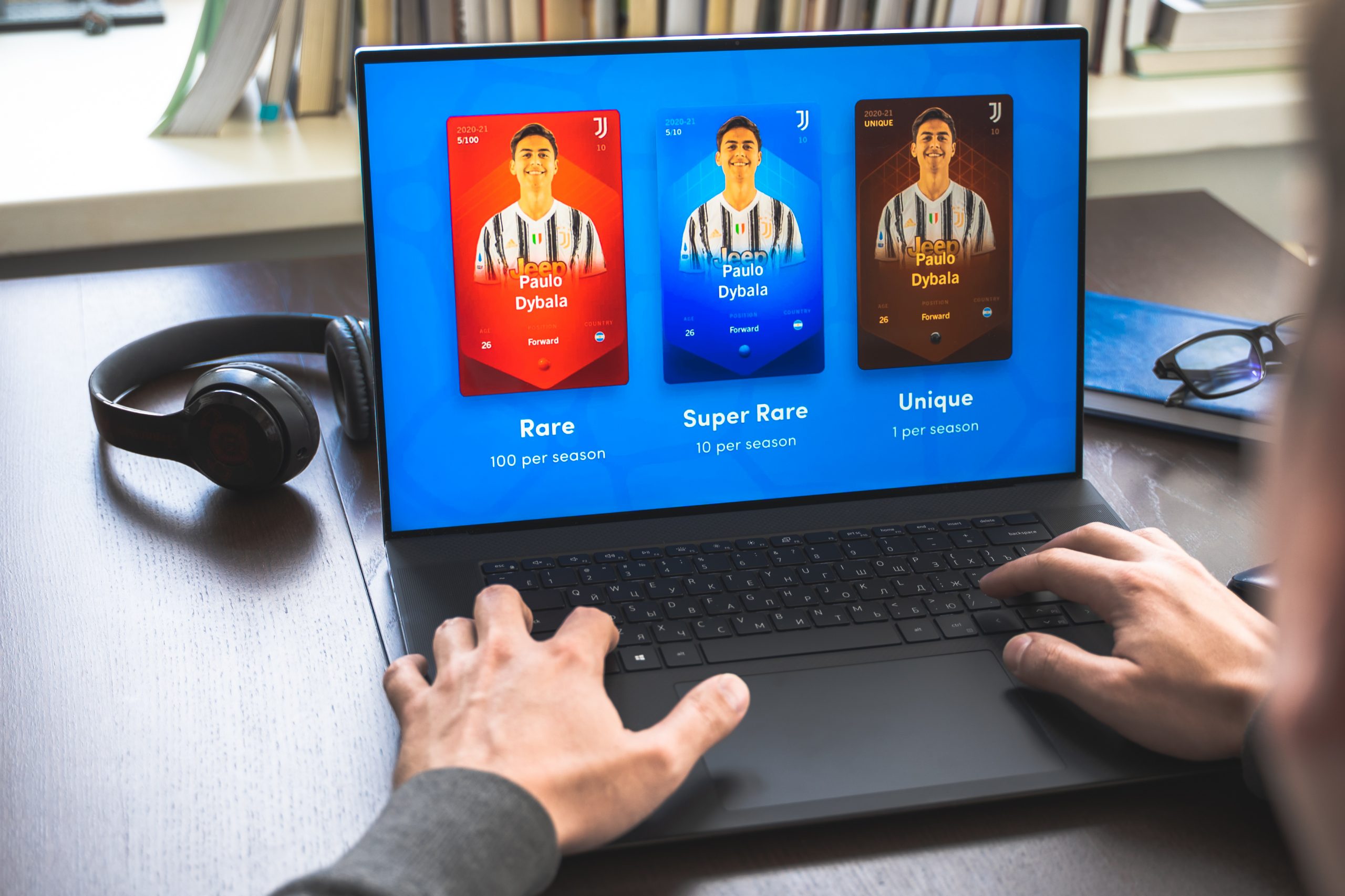Meeting… David Murillo, Product Director

We are back with a new edition of our ‘Meeting our team’ section. Today we have the pleasure of introducing you to our Product Director, David Murillo. Internally, we usually say that he is our particular Leonardo Da Vinci, due to his polymath and artistic spirit.
He has been part of the Telecoming team for more than 13 years. David started working as a designer and “coding” (a little bit) in the layout part. Within a year, he already had a web design and development squad, and since then he has been directing several teams, always related to the creation of digital products. He has been leading our Product department for eight years.
1.- What do you like the most about creating a product that impacts users with such different tastes and cultures?
I really like the initial phase of the projects, where we define the structure and functionalities, it is in this stage where you have to validate with different profiles that your proposal is valid.
Designing a digital product has many challenges: visual, technological, use cases by device, and content strategy. When you put everything together, you create what we call user experience since the final customer of the product perceives everything on the same timeline.
2.- What role does knowing your target audience play?
It depends on the vertical we are working on. For example, in sports services we have a discipline, which is soccer, with a global audience but then you have to adapt the rest of the content to the market in which you are focused.
If we talk about lifestyle services where the photographs have a lot of prominence, we must take great care of representing the main ethnic group of the region, the culture, clothing, etc. For example, details that are very usual for Europeans may not be so in other parts of the world.
3.- When a site is designed to be launched in several countries, what aspects must be taken into account?
To begin with, an important detail is to have a naming that works globally, usually in English.
If the service has some support assets, you must also take care that they are not photos or people very localized in a region.
There are several things to keep in mind beyond the cultural component and language, which are fundamental issues to consider. When we think about a global service, for example, from a worldwide brand, we have to understand the different consumption habits of the users. Consumers with varying consumption patterns coexist among our target audience: some want short-form content, but others spend time on longer audiovisual productions; some are interested in recent news and data, while others are looking for more casual or entertainment functionalities. And above all this, the differences in terms of connectivity and devices are critical. The product must be adapted to each region according to these characteristics.
4.- How do you assess the evolution of the services of sports clubs and competitions in recent years?
Clubs have gone from having an informative and institutional website to creating digital services where the fan interacts more with their team.
They began with this change with the introduction of advanced statistics in their portals, which allowed fans to have more information about their favorite players. In parallel, the creation of content on social networks was growing and now everyone is reaching the same stage, creating their own video-on-demand platform, their own “Netflix”.
Technology companies like Telecoming saw all the potential that sports clubs had in the digital ecosystem a long time ago and for that reason, and thanks to our background and expertise, we started working with them.
5.- What do you think a mobile subscription service can bring to a world-renowned sports team?
The possibility of reaching users from all over the world thanks to the ease of payment methods such as Direct Carrier Billing (DCB) and the adaptation of the content to the screens of mobile devices, are clear advantages.
We cannot forget that the second screen, the mobile one, plays a fundamental role in the consumption of content during the broadcast of an event on the big screen, being an excellent communication tool for, and between, fans.
6.- How do you see the future of mobile services for sports properties?
I see the future of services with a greater layer of interaction than they currently have nowadays. I am thinking about surveys, quizzes, contests, mini-games, and communication content between fans such as stickers or filters. In short, content that helps clubs to expand their network of fans.
We know some clubs are working on features for fans to interact with each other before, during and after a match. This will expand the game experience beyond the 90 minutes of an actual match.
7.- What trends do you predict will mark the coming years in terms of mobile experiences?
If you would have asked me this question a year and a half ago, I would have answered that blockchain technology in general and NFTs in particular. Of course, always with some doubts about their continuity, something that we are already seeing. Only the companies that really know how to use this technology well to make products with value for the user will succeed, such as Sorare and its digital “stickers”, closely related to sportech.

Then the metaverse arrived as a trending topic in digital products, but users have not yet found a use and it has been a bit diluted.
What do we have left? Well, the great technological revolution that is already changing all sectors and applications, Artificial Intelligence. Although we have been using it for years, it is now where you find it even when you shop online. I do not feel confident in predicting how far it will take us, but very far for sure.
Thank you very much, David, for sharing some time and knowledge with us, it has been a pleasure!
Stay tuned!

VISIT US
Paseo de la Castellana 95
16th floor – 28046
MADRID | SPAIN
